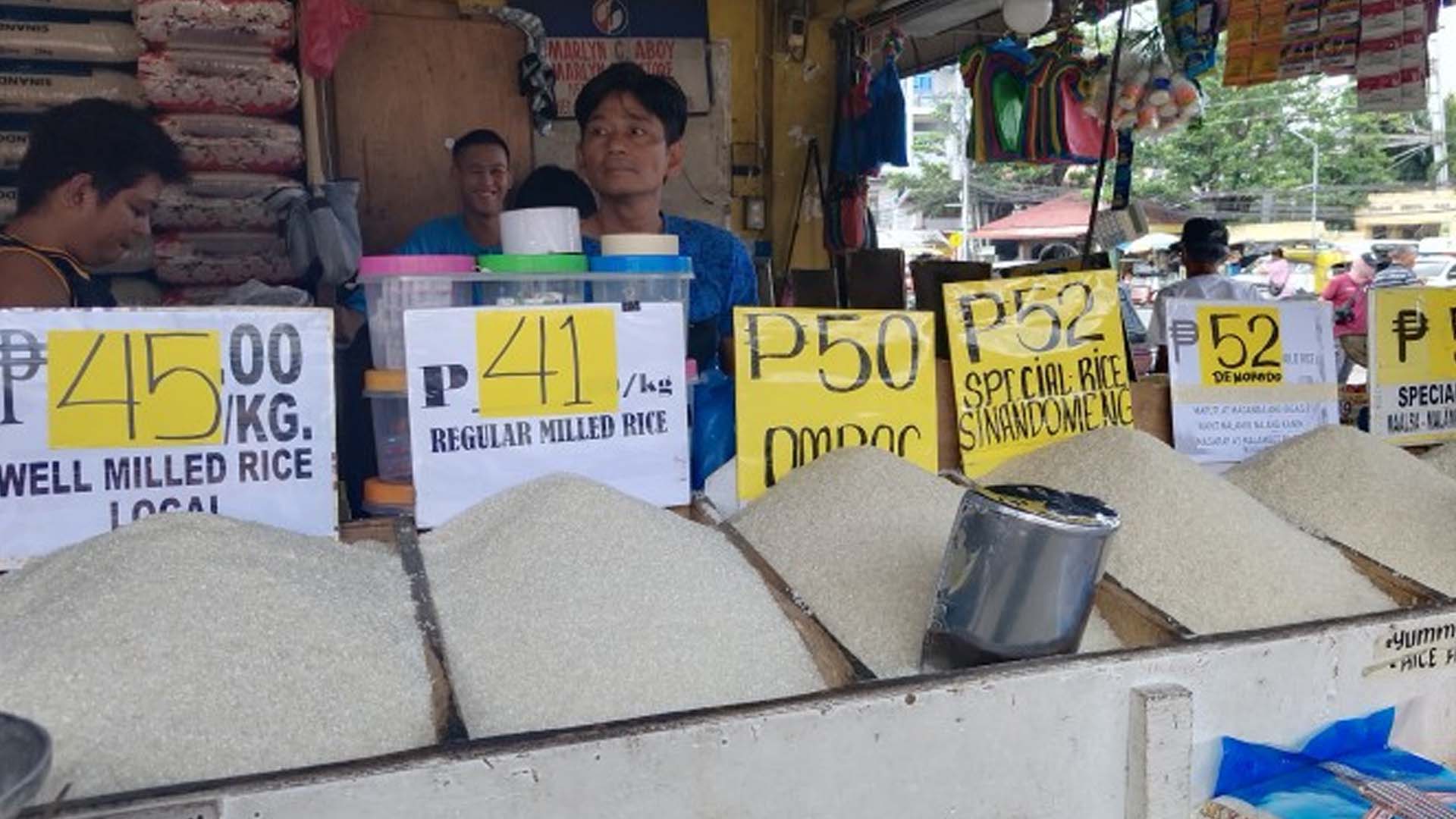The imposition of mandated price ceilings on rice through President Ferdinand Marcos Jr.’s Executive Order No. 39 is expected to slow down the inflation rate in the Ilocos region, according to the National Economic and Development Authority (NEDA).
In a virtual forum on Tuesday, NEDA-Ilocos senior economic development specialist Rey Ferreria said the price cap on regular and well-milled rice is one of the most concrete action plans the national government has implemented to manage the inflation rate.
He said it is beneficial, especially to the vulnerable sectors which are the most affected by the price increases.
Ferreria said in addition to the imposition of rice price cap, food production should also be strengthened as inflation is connected with the law of supply and demand.
Transportation including the transport of goods from farms to markets, he said, is also a key factor that determines the inflation rate.
“On how to manage these areas is significant to control prices,” he added.
In the same forum, Department of Agriculture (DA) Ilocos Region coordinator Milagros dela Rosa said the national government, through the DA, also provides various interventions to increase food production and support the farmers.
“We have been providing machinery, equipment, among others, as well as fuel and fertilizer subsidy,” she said.
Philippine Statistics Authority (PSA) Ilocos Region chief statistical specialist Juanito Yabes said although they cannot predict the inflation rate ahead, he agreed that it is connected to the law of supply and demand.
Yabes reported during the forum that the inflation rate in the Ilocos Region last August increased to 4.6 percent from 3.6 percent in July.
La Union province recorded the highest increase among the provinces in the region from 2.3 percent in July to 5.3 percent in August.
Ilocos Norte’s inflation rate rose from 2.1 percent to 3.8 percent; Ilocos Sur’s from 2.3 percent to 3.1 percent; and Pangasinan from 4.6 percent to 4.9 percent.
Dela Rosa said the increase can be attributed to the calamities, even as Yabes explained that people tend to buy more food during disasters while supplies are limited due to constraints in the transport of goods and production. (PNA)









